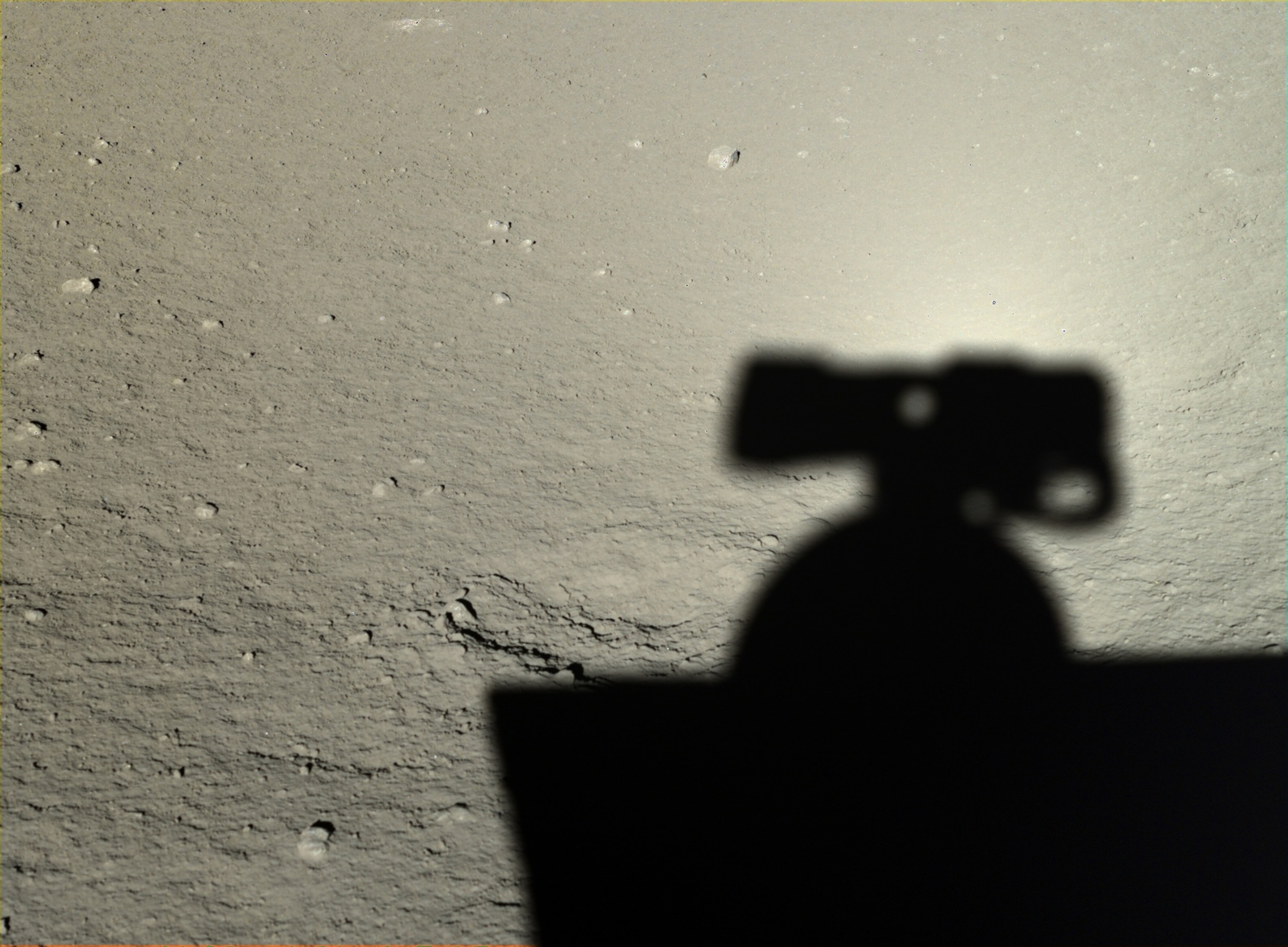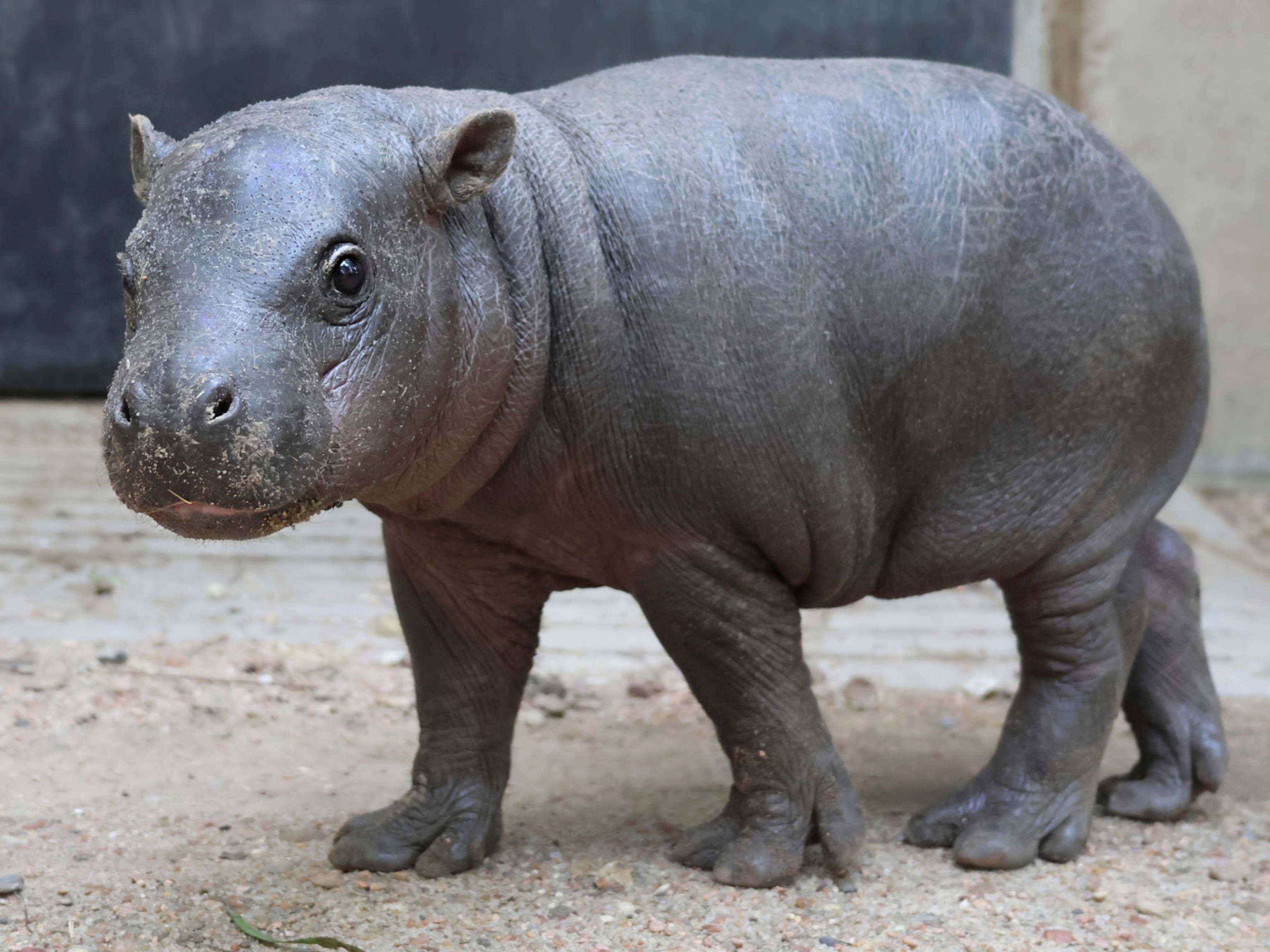China’s ‘Jade Rabbit’ Moon Rover Declared Dead
A social media sensation, the Chinese rover lasted for more than two years and deepened our understanding of lunar science.
Goodnight, moon bunny. The "Jade Rabbit" lunar rover adored by millions on social media has died, Chinese officials announced on August 3.
According to China’s State Administration for Science, Technology, and Industry for National Defense, the Yutu rover that piggybacked on the Chang'e-3 lunar lander has stopped operating after more than two years on the moon’s surface.
During its lunar residency, the rover became a social media sensation in China: Its farewell post on Weibo received nearly a hundred thousand shares, likes, and comments, according to the Chinese Academy of Sciences.
The lander and rover, named for the Chinese moon goddess Chang’e and her pet rabbit, touched down on the northern basin known as Mare Imbrium in December 2013. Their safe arrival made China the third country ever to perform a soft landing on the lunar surface, after the Soviet Union and the United States.
Yutu’s moon mission had its share of hiccups. The rover had previously been declared dead in February 2014, when it seemed to stop functioning after a cold lunar night. The rover came back to life a few weeks later, but while it could send data to Earth, it could no longer move.
Still, with communications up and running, Yutu was able to claim the record for longest operating rover on the moon in October 2015, New Scientist’s Jacob Aron reports.
The data beamed back from Yutu have contributed to more than a hundred scientific papers and deepened scientists' understanding of lunar geology, even revealing a type of moon rock undiscovered by the U.S. and Soviet missions. (Find out more about Yutu's fresh lunar discoveries.)
Meanwhile, instruments on Chang’e-3—including the only moon-based telescope—are still working more than two years after touchdown. And Chang’e-3 will soon have company: In 2017, China plans to send another lander to the moon that will return samples to Earth, if all goes well.
"China is trying to reach the top tier and show that they're a major space power," said Kevin Pollpeter, a Defense Group, Inc., analyst affiliated with the University of California, San Diego, in a previous interview. "They're also contributing real knowledge about the moon that we haven't been able to get before."
Follow Michael Greshko on Twitter.











